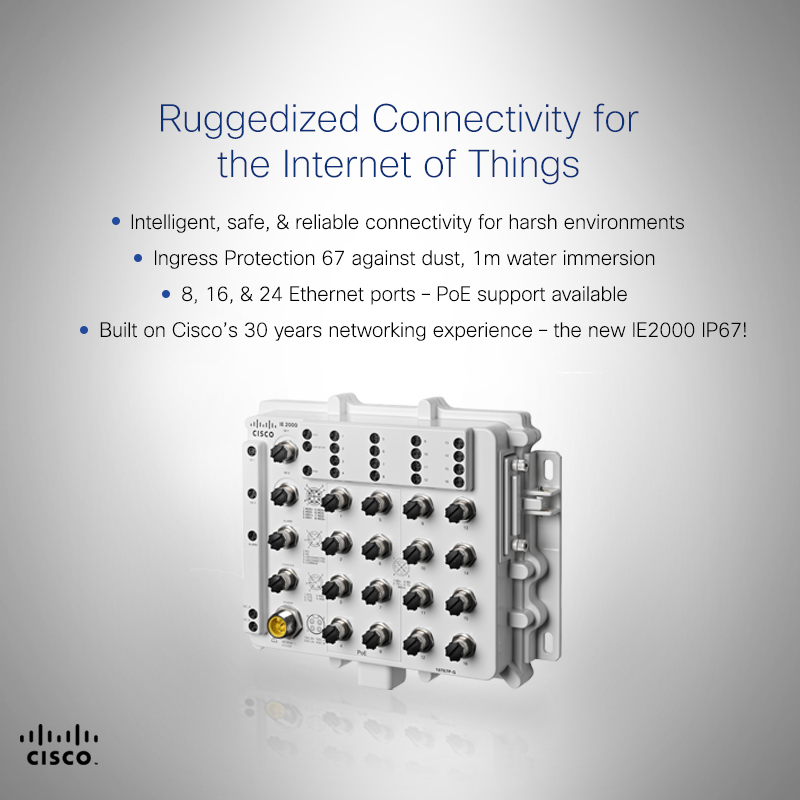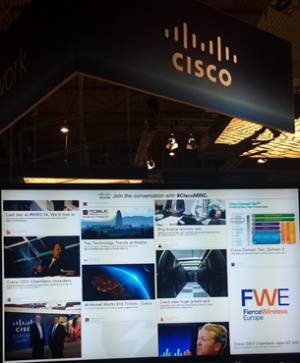 “Neither snow nor rain nor heat nor gloom of night stays these couriers from the swift completion of their appointed rounds.” – Popular US Postal Service motto
“Neither snow nor rain nor heat nor gloom of night stays these couriers from the swift completion of their appointed rounds.” – Popular US Postal Service motto
Many of my US colleagues have told me that they grew up hearing the phrase above and thinking how reliable their mail service is, even under the harshest conditions, they always got their mail. We in Cisco think that your network should be as reliable and resilient, and work under all conditions, particularly now when the Internet of Things (IoT) requires a level of resiliency at a scale never imagined before, and under conditions beyond what the traditional datacenter or wiring closet can offer.
These days, one of the challenges that the Internet of Things has to deal with is that it “…is already connecting the physical world today, but the real world, unlike the digital world, is much more uncertain and variable. We have to connect objects in unpredictable environments, often subject to Mother Nature or just the movement of our earth and its inhabitants…”
In fact Cisco defines the Internet of Things as “the intelligent connectivity of physical devices driving massive gains in efficiency, business growth and quality of life.”
In order to establish intelligent connectivity to physical devices, networking equipment have to be able to coexist in the same environmental in which the physical device are operating.
Very often, these physical devices are operating in harsh environments both from a temperature prospective (like in a smelting furnace or in a mining field located in Siberia), from a dustiness prospective (like in a cement production plant), from a vibrations prospective (like on a train or on a mining truck) etc.
To properly operate in these environments networking devices have to be specifically designed with highly ruggedized casing to protect the device’s internal components, and with specific connectors to avoid any possible water penetration or to get unplugged because of hard vibrations.
We’re excited to announce today an extension of our Industrial Ethernet portfolio adding a new series of IE2000 IP67 switches! Continue reading “No matter how harsh is your work environment, Cisco has you covered”
Share:
 Each week, we’ll highlight the most important Cisco partner news and stories, as well as point you to important, Cisco-related partner content you may have missed along the way. Here’s what you might have missed this week:
Each week, we’ll highlight the most important Cisco partner news and stories, as well as point you to important, Cisco-related partner content you may have missed along the way. Here’s what you might have missed this week: “Neither snow nor rain nor heat nor gloom of night stays these couriers from the swift completion of their appointed rounds.” –
“Neither snow nor rain nor heat nor gloom of night stays these couriers from the swift completion of their appointed rounds.” –  Today MWC 2014 came to a close in Barcelona having been another resoundingly successful event.
Today MWC 2014 came to a close in Barcelona having been another resoundingly successful event.

CONNECT WITH US